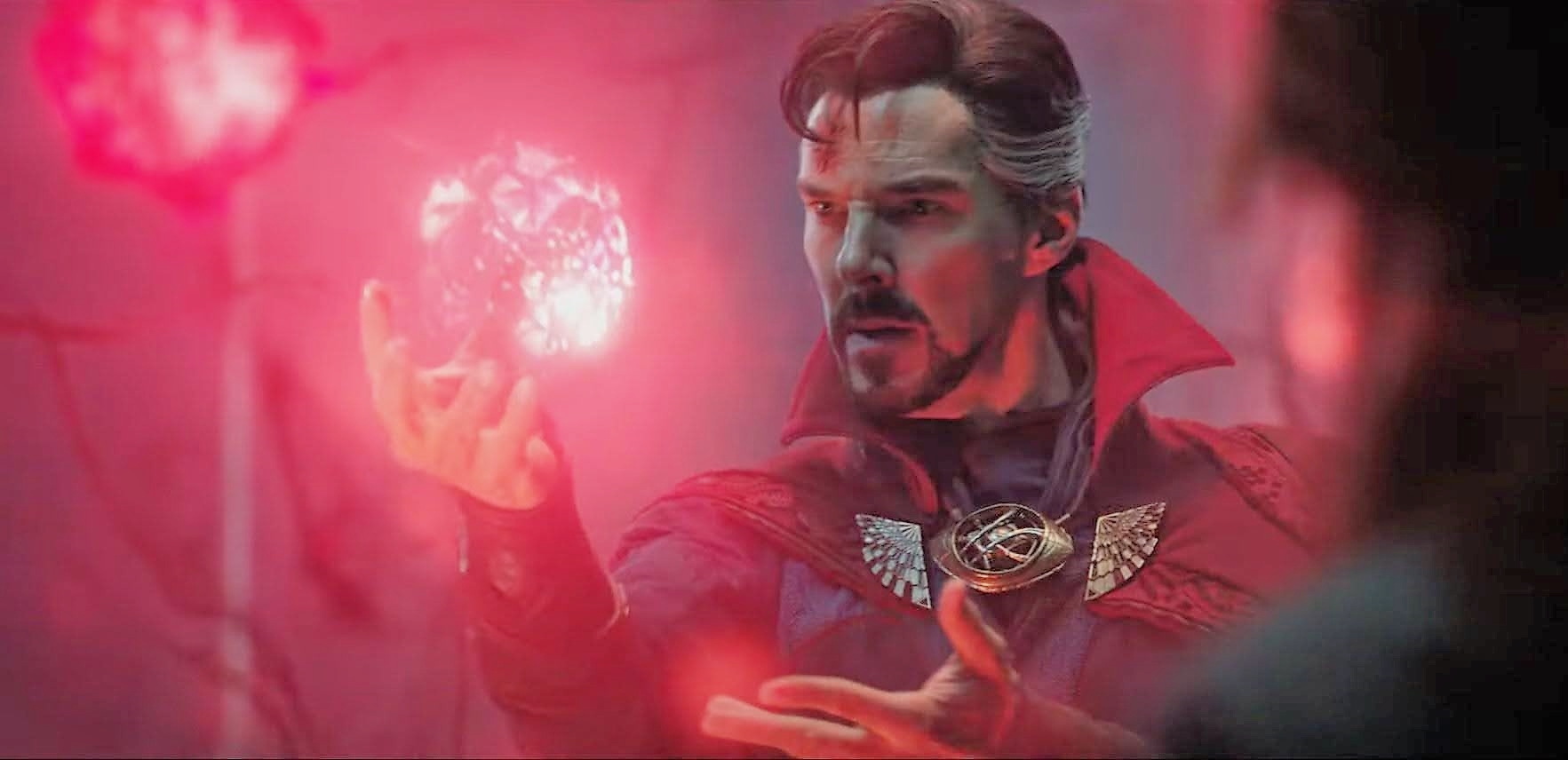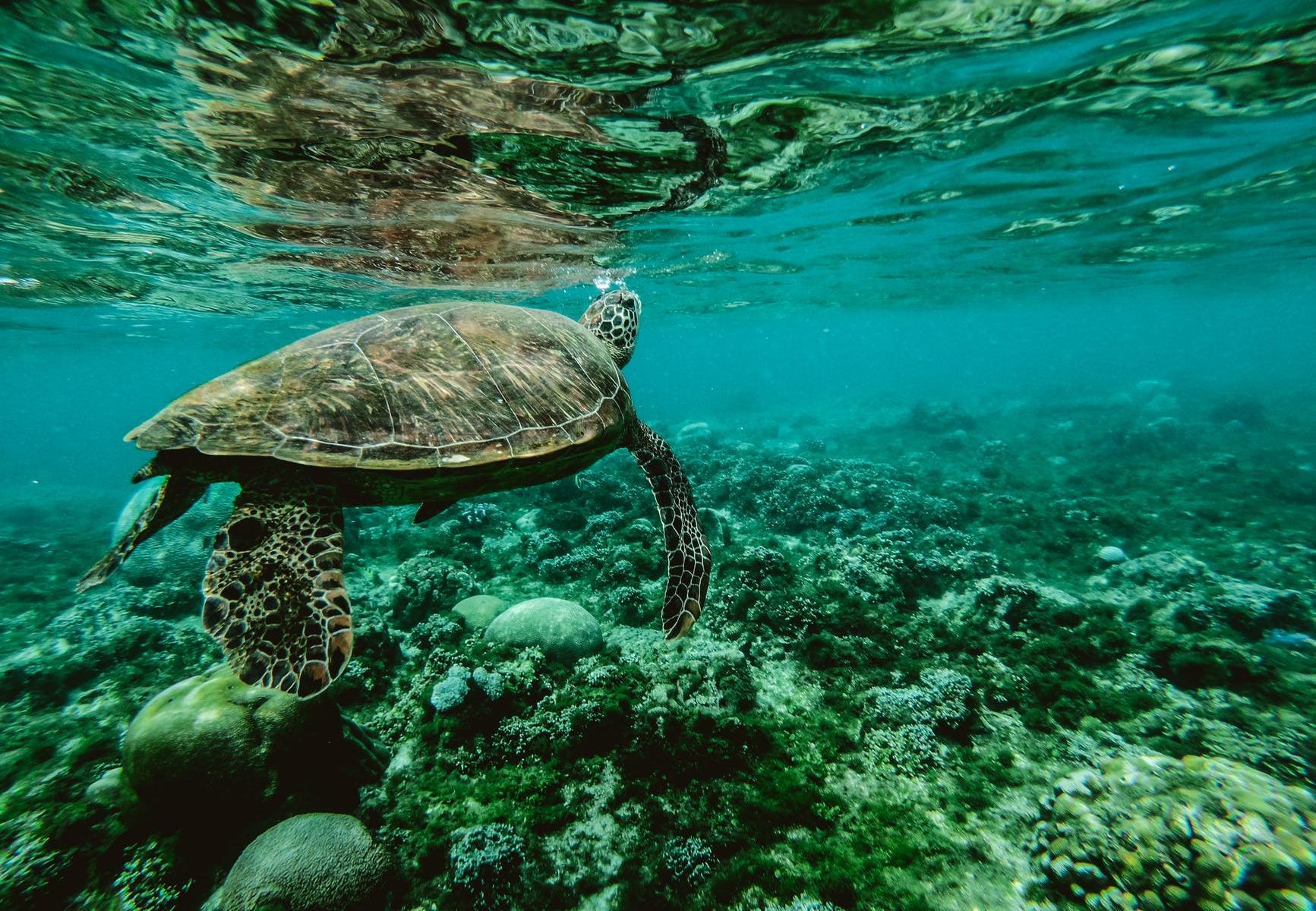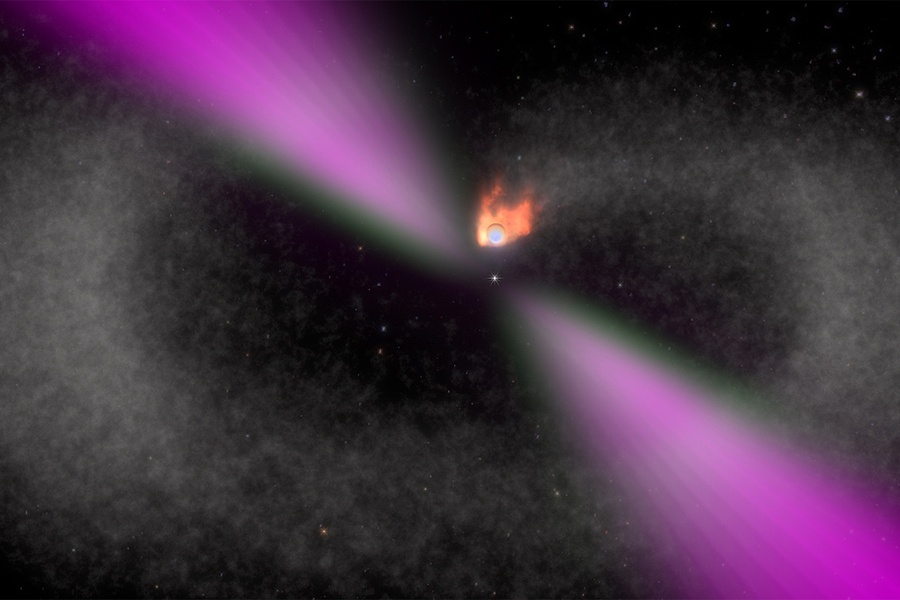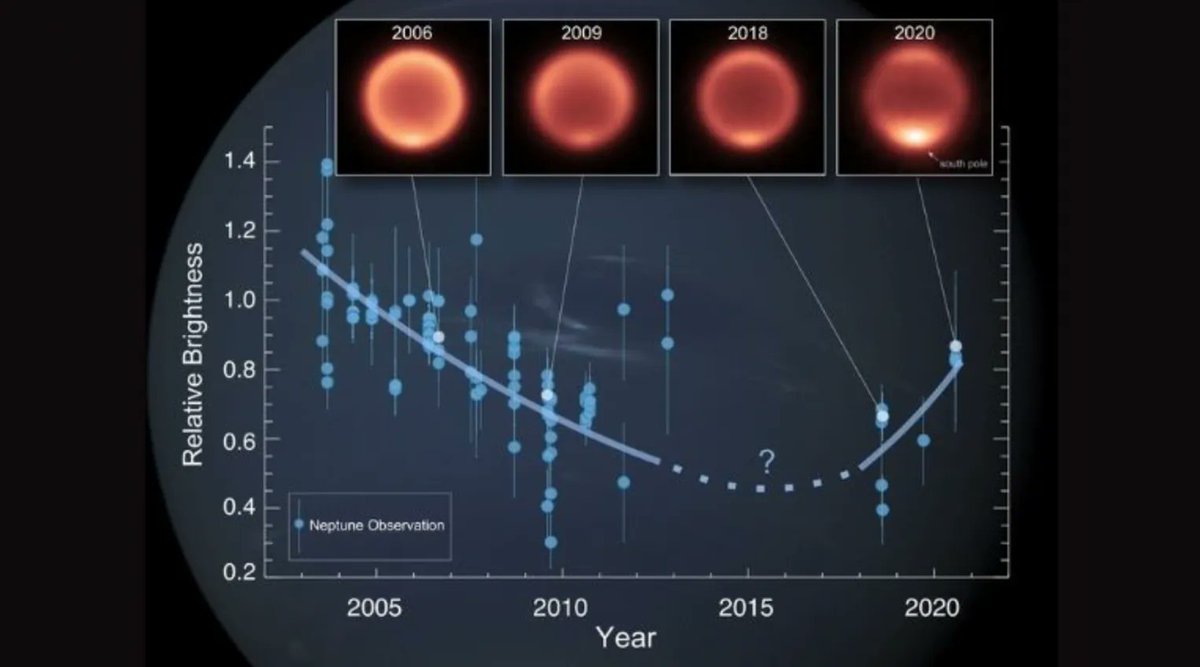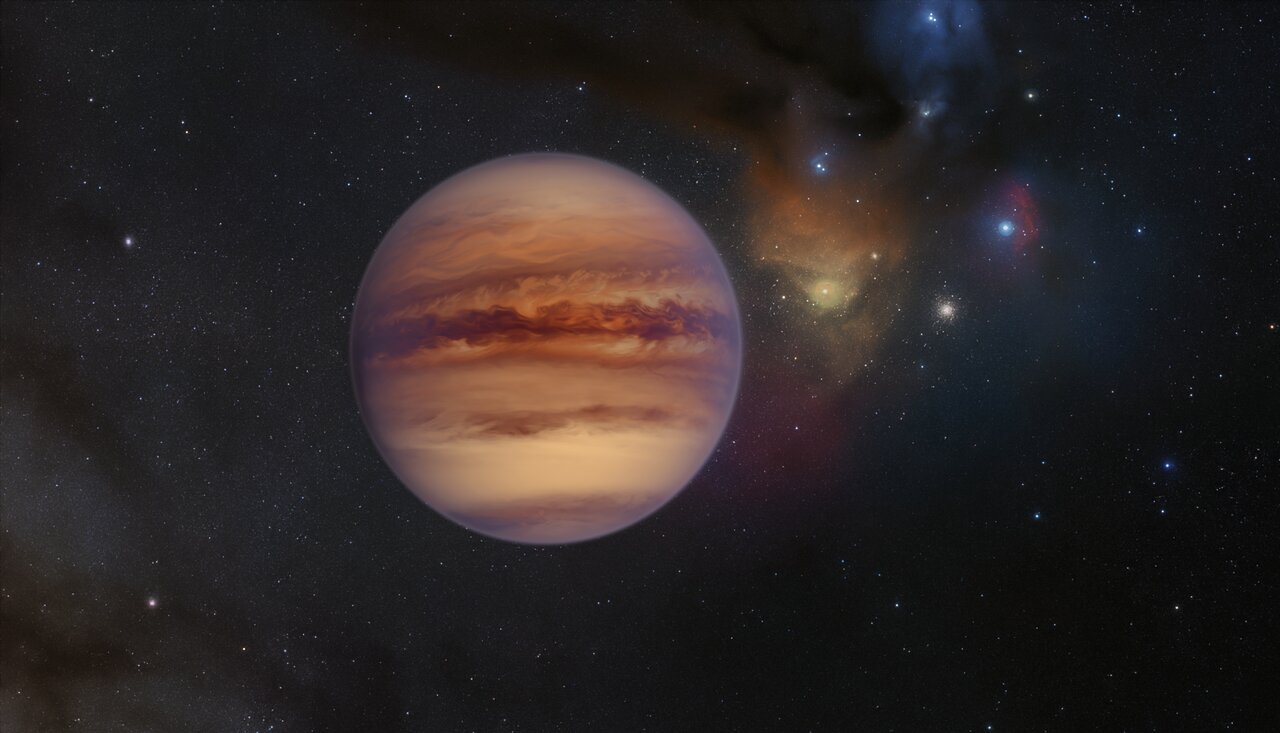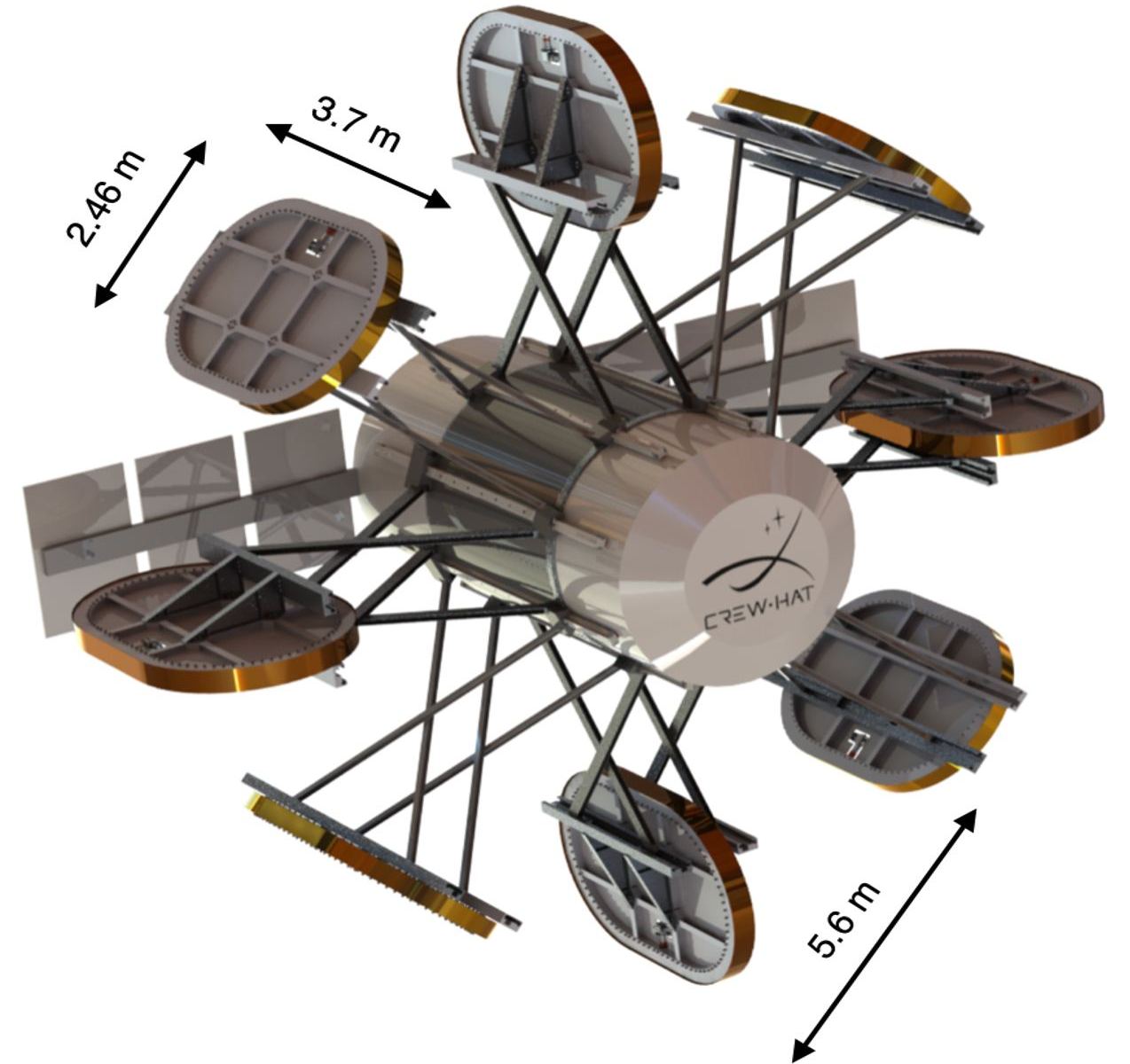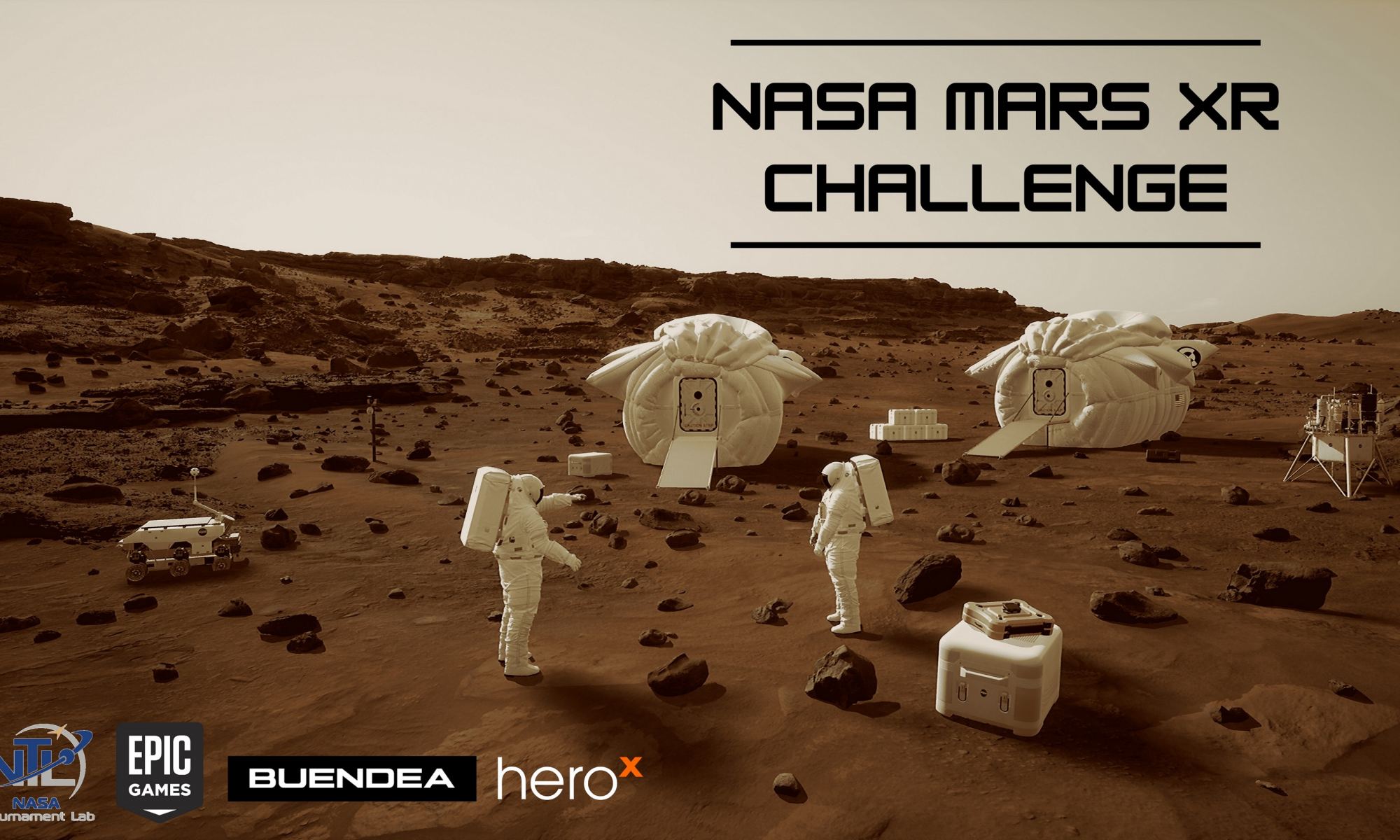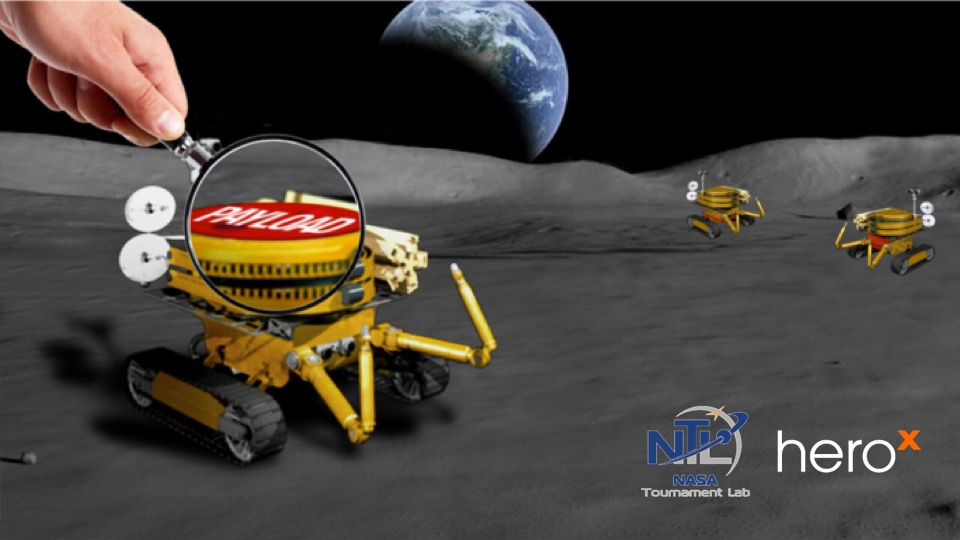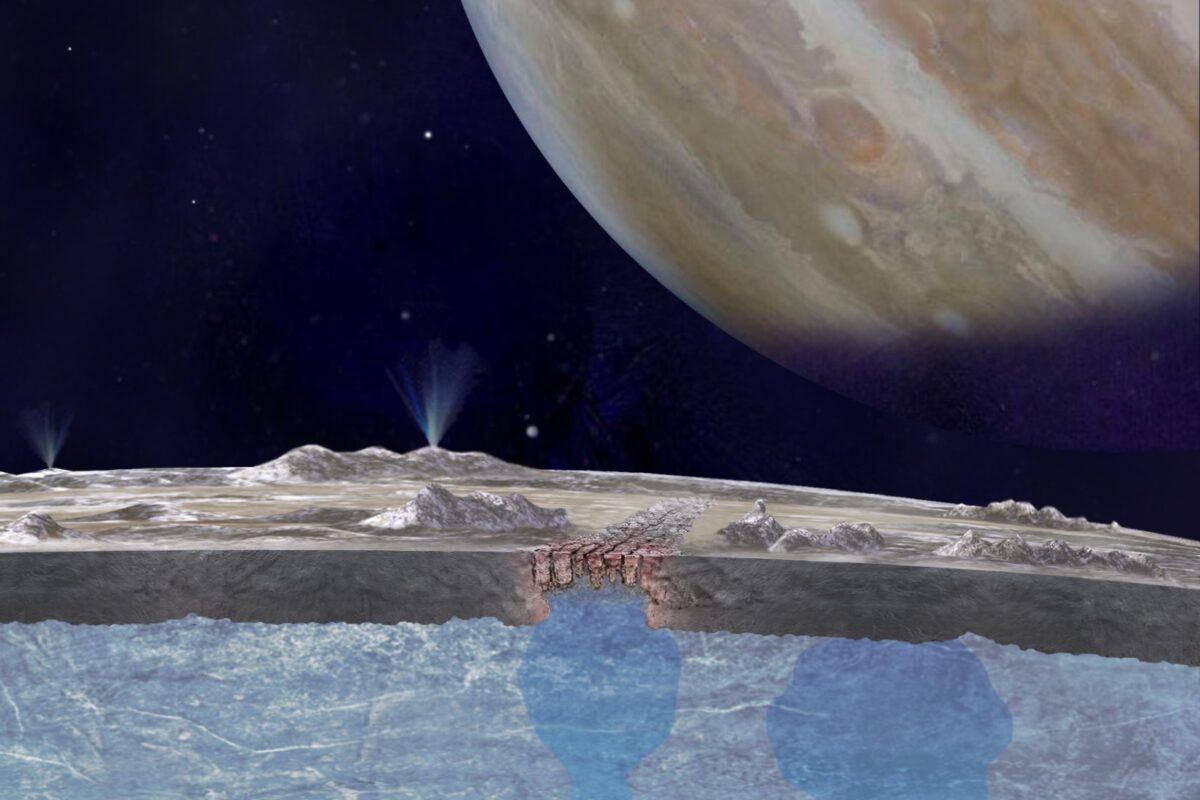What is the multiverse? The idea that the universe we inhabit is just one of many parallel universes gets a superhero shout-out in “Doctor Strange in the Multiverse of Madness,” the latest movie based on Marvel comic-book characters.
And in the opinion of Brian Greene, a theoretical physicist at Columbia University, giving some screen time to the multiverse isn’t such a bad thing — even if the plot has some horror-movie twists.
“I think it’s really good if some of these ideas are brought out in a variety of different ways,” Greene says in the latest episode of the Fiction Science podcast, which focuses on the realm where science and technology intersect with fiction and popular culture.
Continue reading “Why Believing in the Multiverse Isn’t Madness”
